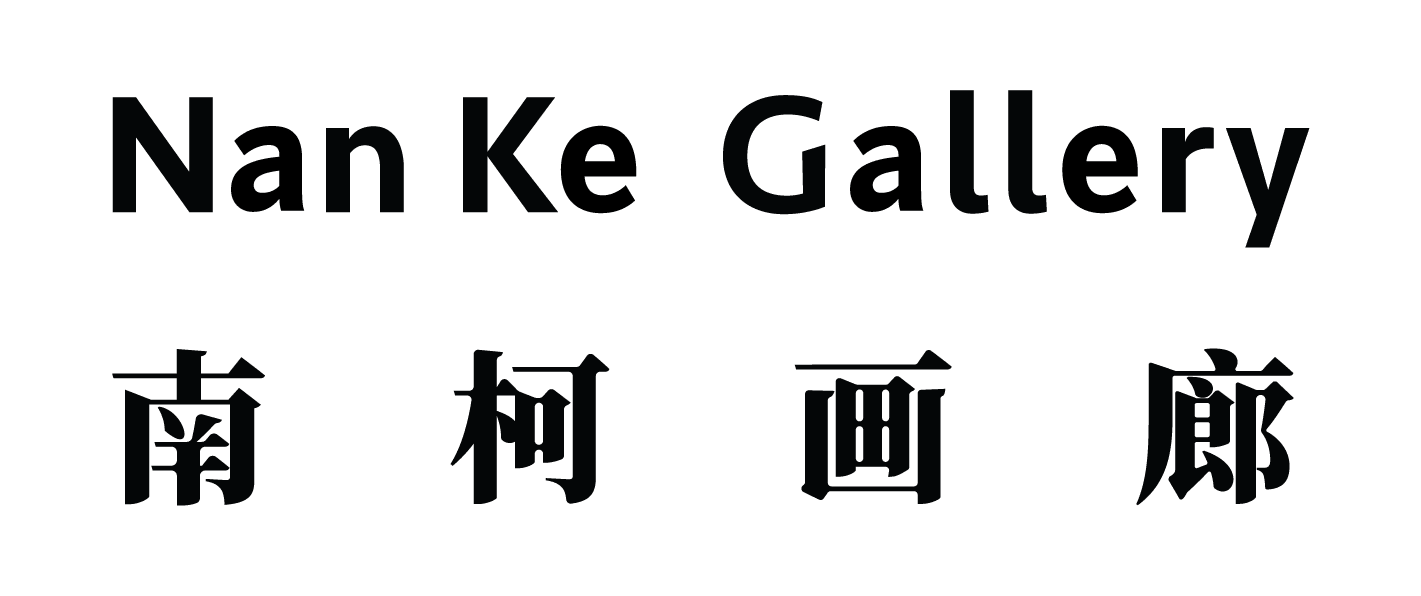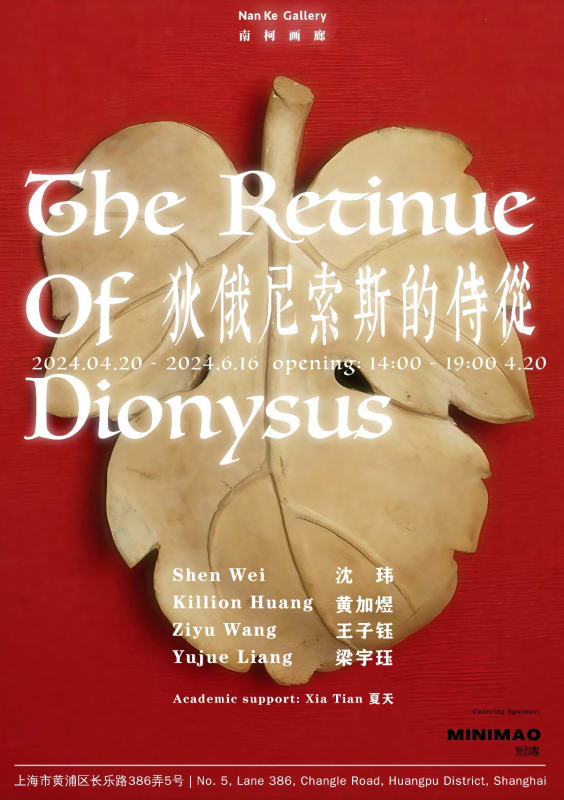The Retinue of Dionysus
2024.4.20 - 2024.6.16
Opening: 2024.4.20 14:00 - 19:00
Artists: Shen Wei, Killion Huang, Ziyu Wang, Yujue Liang
Academic Support: Xia Tian
Nan Ke Gallery will present the group exhibition project 'The Retinue of Dionysus' on April 20th. The exhibition title is derived from the poem of the same name by the Greek poet Constantine P. Cavafy. The four artists participating in this exhibition are Shen Wei, Huang Jiayu, Wang Ziyu, and Liang Yujue. To varying degrees, the photography, painting, and installation works selected for this exhibition question the patriarchal or hegemonic 'masculine qualities' present in traditional social norms.
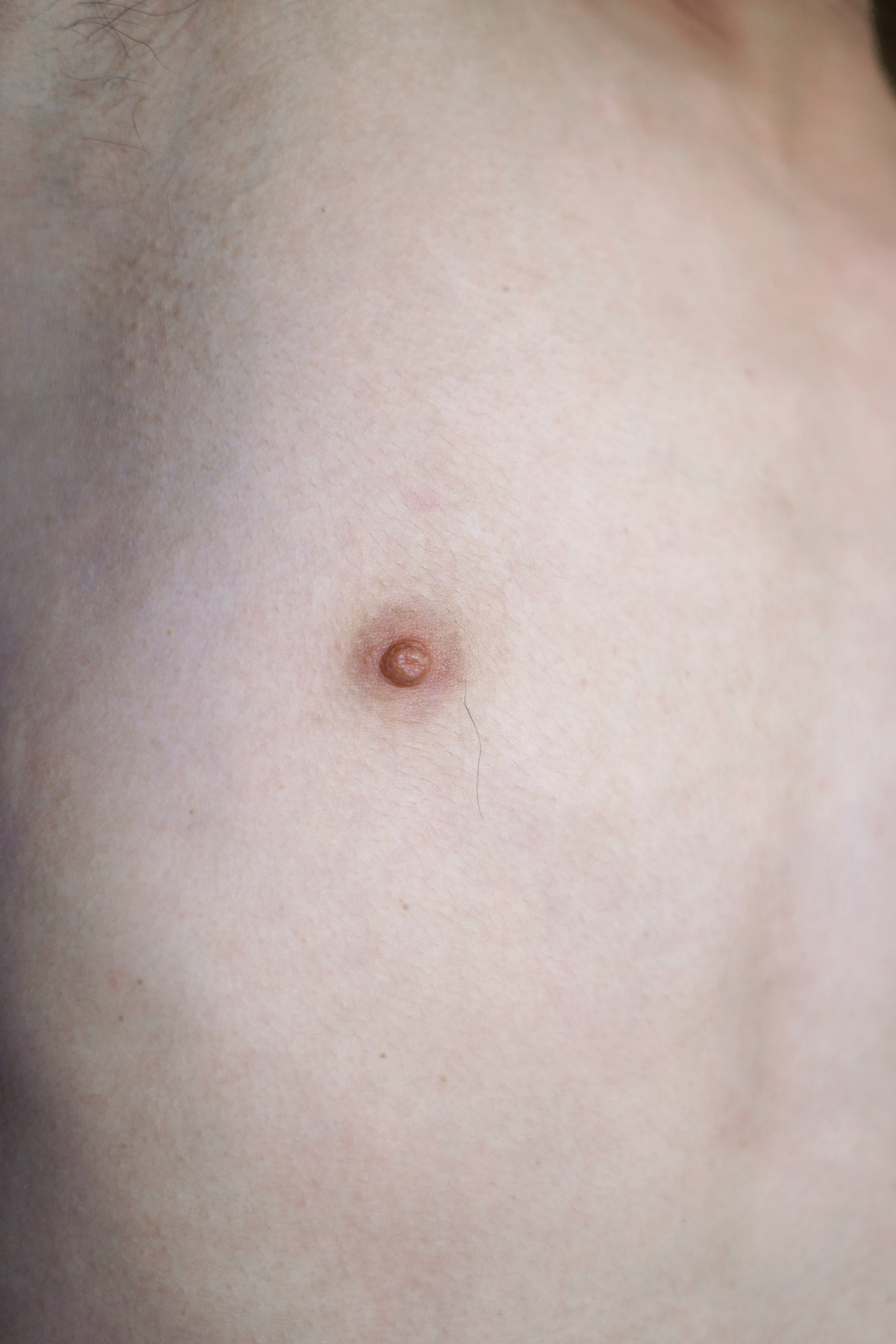
Shen Wei
Untitled (K4939), 2019
Archival Pigment Print
50.8h x 33.88w cm
5+2AP
© Courtesy of the artist
The evolution of the meaning of 'masculinity' can be traced back to the academic shift of the 1990s. Scholars like David Gilmore argue that 'masculinity,' like 'gender,' is a cultural construct. Today, it has become a fluid concept, with researchers aiming to break away from the monopolistic views constructed around 'power' as its core. As revealed in Cavafy's poetry, this exhibition aims to contemplate the diverse meanings behind contemporary male images through visual arts.
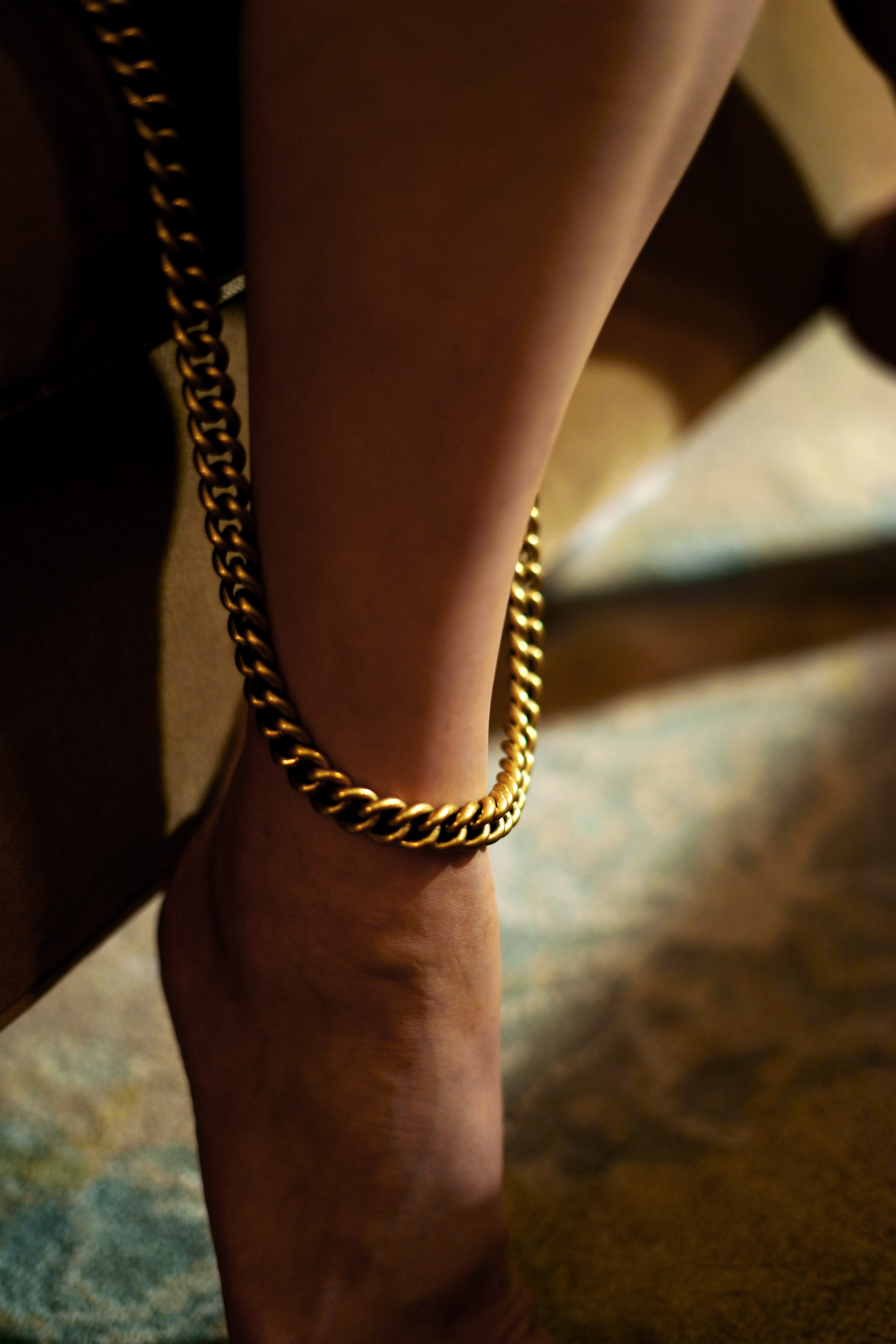
Shen Wei
Untitled (D5059), 2019
Archival Pigment Print
50.8h x 33.88w cm
5+2AP
© Courtesy of the artist
Shen Wei's works display the juxtaposition between the human body and natural landscapes, these exquisite photographs reshape the aesthetic expectations between beauty and the male body. They subvert the conventions regarding the 'male body' and its representations—for example, the authoritarian aesthetics exemplified by extreme order—because, in certain societal presets, rugged or submissive male qualities are tacitly praised. However, in Shen Wei's works—such as 'Untitled (D5059)' (2019)—the gender-neutral ankles perhaps exude more sensuality than we might imagine. These delicate postures or gestures imply the ambiguity of gender, weakening and deconstructing the 'masculine qualities' in traditional contexts, highlighting a more fluid individuality and intimacy within the framework of gender.
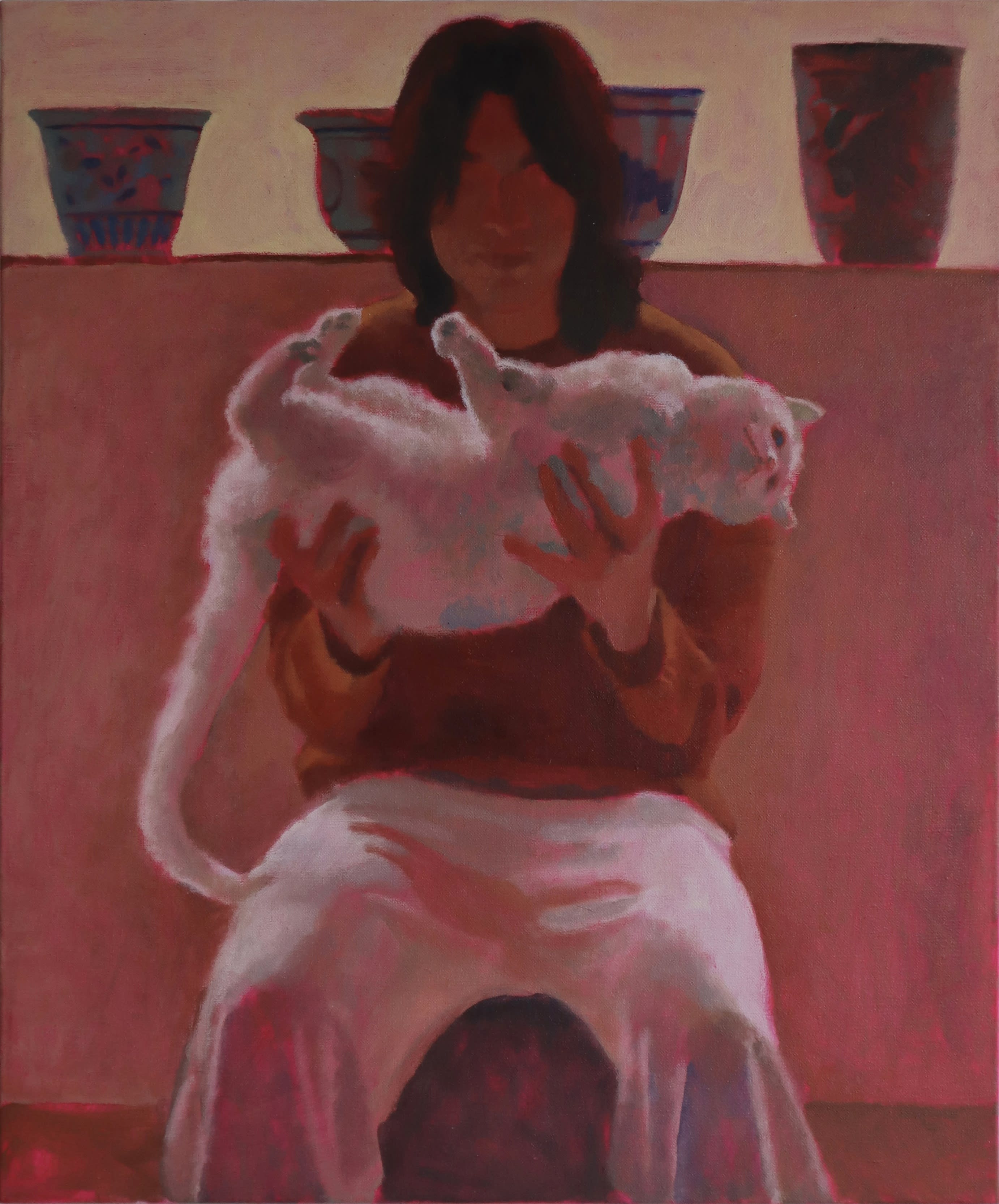
Killion Huang
Ceremony, 2024
Oil on canvas
60h x 50w cm
© Courtesy of the artist
In Killion Huang's paintings, the artist places semi-nude men (along with cats) in cramped and intricate indoor scenes. Moreover, these red artworks strive to present transitional, transformative, or dazzling visual effects in their details and partial views. The scenes depicted are narrow in scope, allowing viewers to imagine themselves in such scenarios: sharing a room with a man playing with a cat. These paintings possess a non-violent characteristic—both in brushwork and theme—while also displaying a blurred boundary between a man's 'self-shaping' and 'self-care.' This significance is portrayed in the artwork 'Ceremony' (2024): the figure in the painting holding the cat's hands aloft simultaneously conveys a sense of shaping and protection.

Ziyu Wang
Lads, 2022
Archival Pigment Print
95h x 120w cm (Artwork)
97h x 122w cm (Mat board)
5+2AP
© Courtesy of the artist
Most of Ziyu Wang's photographic works feature self-portraits as the protagonist. In these works, the 'male protagonist' appears to be a mischievous boy keen on taking selfies. His gaze often directly confronts the audience, and it is quite possible that the artist has set the gaze projected onto the images as a patriarchal gaze. Here, the audience will see an image of the 'perfect son' crafted by the artist, who reconstructs, with a relaxed and playful attitude, the shell of a 'good son' in the eyes of a father on his true self, thus precisely satirizing the expectations of false images of children in traditional family ethics. In the work, the shutter release cable in the boy's hand also suggests the artist's control over gender consciousness and authorship identity. In the work 'Lads' (2023), the artist uses a comedic arrangement—gradual variations in the height and physique of male figures from left to right—to indicate the diversity inherent within the concept of 'masculinity'.

Yujue Liang
New Breed, 2023
Carbon fiber, 3D printing, automotive electroplated headlight bezel, Daytonaudio daex32ep-4, monitor stand
Dimensions variable
© Courtesy of the artist
Yujue Liang's work 'New Breed' (2023) is inspired by the Detroit musician Matthew Dear, creating a discussion and reflection on the classic scenario of 'man and horse' within traditional male power by merging materials related to cars and technology. The exhibition presents a series of installations made from carbon fiber and 3D printing. This black, spine-like organ lacks external flexible wrapping, detaching itself from the limitations of the flesh and the framework of 'male identity' derived from it, and showcasing a kind of heterogeneous 'resilience.' Within the context of the exhibition, the work creates dramatic conflicts by emphasizing the 'internal' aspects of masculinity in content and the 'external labeling attributes' in form, revealing the paradoxes of male hegemony.

Killion Huang
Shaanxinan Road, 2024
Oil on canvas
100h x 80w cm
© Courtesy of the artist
In fact, the topic of 'masculinity' has long been touched upon in the history of avant-garde art. Duchamp's alter ego—Rrose Sélavy—was documented by the lens of the artist Man Ray. In the United States, Duchamp's disciples—John Cage, Robert Rauschenberg, Jasper Johns, Andy Warhol—expanded Duchamp's perspective on 'gender,' refining it into a more intrinsic artistic matrix in painting, theater, and photography: these artists no longer chose to portray 'femininity,' but instead chose to be 'themselves.' In Britain, the depiction of the body and white socks in the paintings of Francis Bacon and David Hockney further enhanced the visibility of this aesthetic. For Chinese artists in the era of globalization, strategic choices will inevitably focus on more specific and radical paths. Firstly, they naturally continue the precedent of Western art history, and secondly, they still need to further explore the complexity of self-expression in the context of global migration and Asian identity.
Text by Xia Tian
